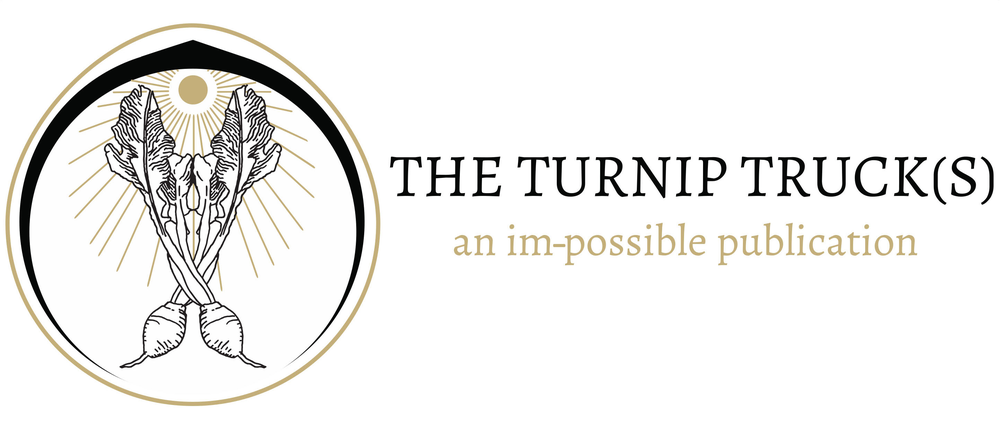Dorothy Gale’s journey down the yellow brick road began in L. Frank Baum’s classic children’s book The Wonderful Wizard of Oz, published in 1900. Dorothy’s Kansas house is dropped by a cyclone some ways away from the road’s origin, the center of Munchkinland, and she must search for the road. In the book, the sole purpose of the yellow brick road is to lead all who traverse it to the Emerald City, which stands at the center of the Land of Oz. The book has often been interpreted as a political allegory about populism in 19th century America, and it was briefly met with skepticism for its fantastic qualities. Nevertheless, Dorothy’s dream journey to learn where she truly belongs has persisted for over a century. Thanks to the 1939 Technicolor film adaptation The Wizard of Oz, made popular as a yearly TV event that aired throughout the 1950s and ‘60s, the yellow brick road meanders through much of American popular culture, from Elton John’s “Goodbye Yellow Brick Road” to Lady Gaga’s “Gypsy.” Current references to the yellow brick road are largely positive and often associated with the idea of remaining true to oneself in the face of adversity and pressures to conform.

